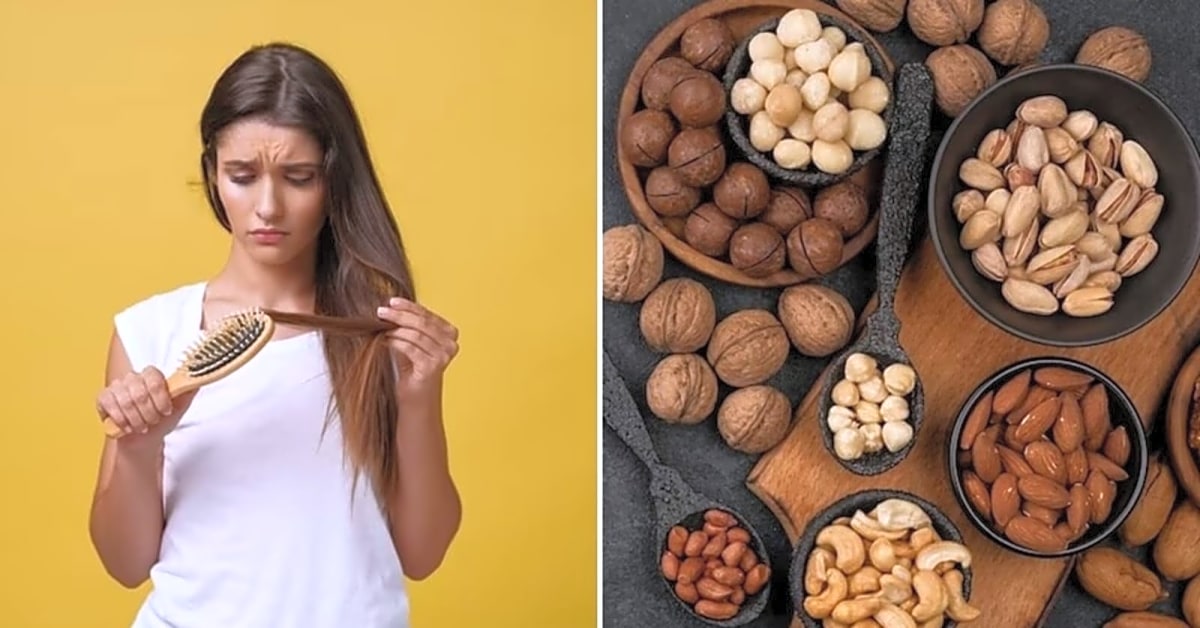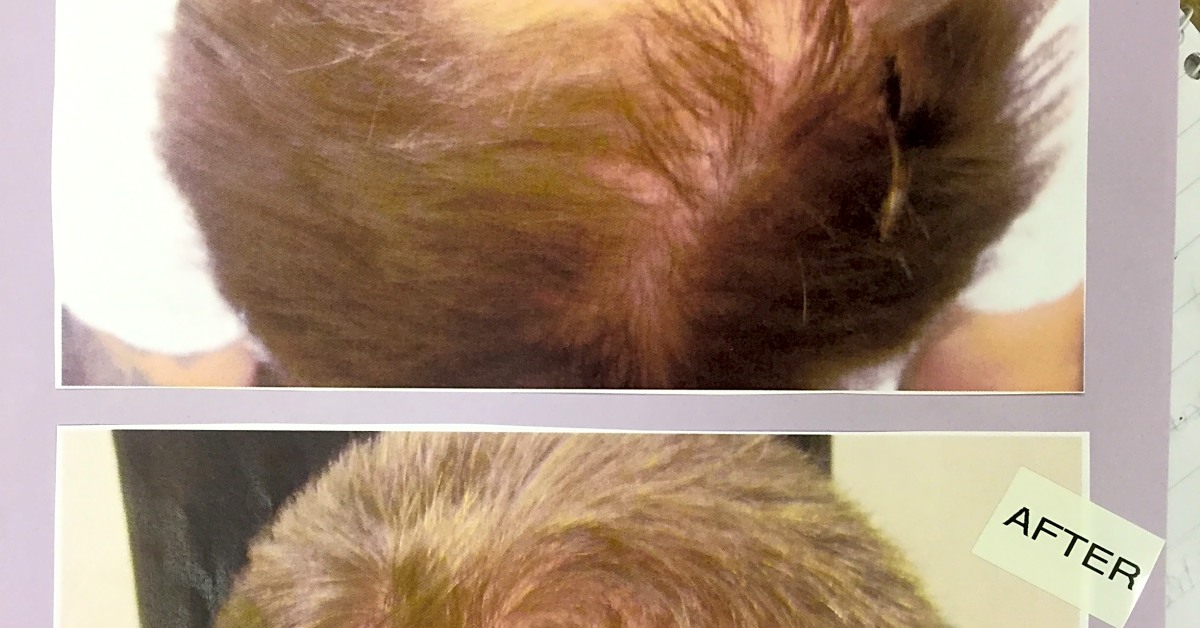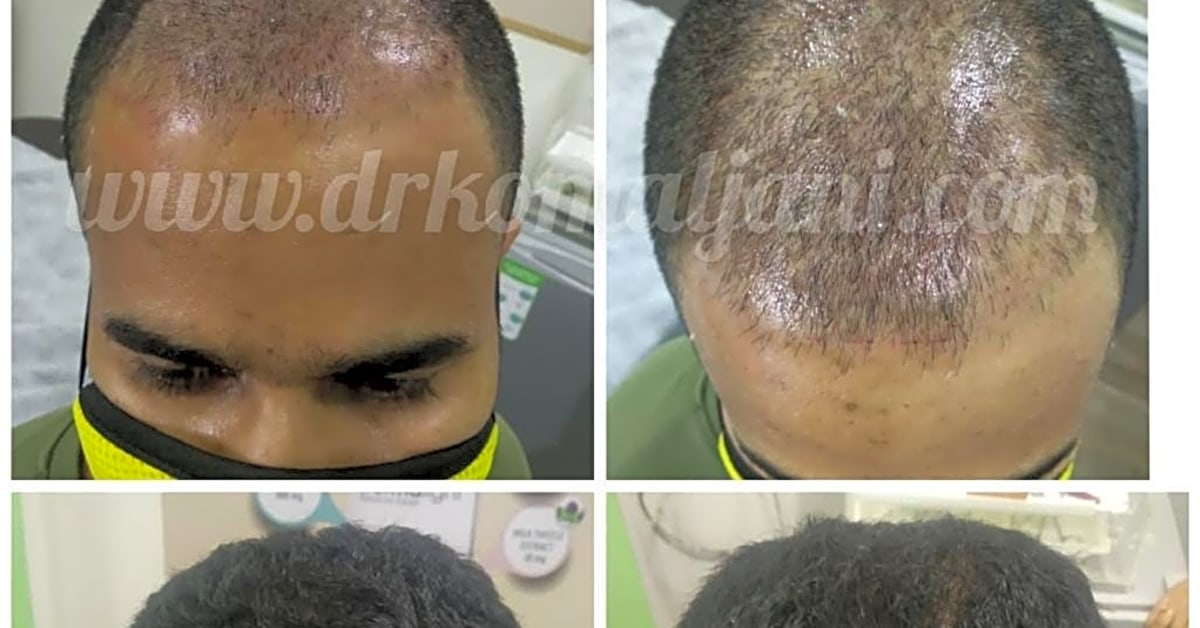Male pattern baldness, also known as androgenetic alopecia, is a common form of hair loss that affects millions of men worldwide. It is characterized by a receding hairline and thinning of the hair on the crown of the head. While it may seem like a purely cosmetic issue, male pattern baldness can have a significant impact on a person’s self-esteem and confidence. In this article, we will dive into the causes of male pattern baldness, the available treatments, and ways to prevent or delay its onset. Whether you are experiencing hair loss or simply curious about this condition, this article will provide you with a comprehensive understanding of male pattern baldness. So, let’s explore the world of hair loss and its genetic link in our silo on the causes of hair loss.
Male pattern baldness is a common condition that affects millions of men worldwide. It is a genetic condition that is inherited from either side of the family, meaning that if your father or grandfather experienced hair loss, you are more likely to as well. However, genetics is not the only factor at play when it comes to male pattern baldness.
Hormonal imbalances can also contribute to hair loss in men. Testosterone, the male sex hormone, can convert into dihydrotestosterone (DHT) which can shrink hair follicles and lead to hair loss. Stress is another potential cause, as it can disrupt hormonal balance and affect hair growth. Certain medications, such as those used for high blood pressure or depression, may also cause hair loss as a side effect.
It is important to note that male pattern baldness can manifest differently in different individuals. Some men may experience gradual thinning over time, while others may have more sudden hair loss. This can depend on a variety of factors, including genetics, lifestyle, and overall health.
Fortunately, there are various treatments available for male pattern baldness. Topical solutions, such as minoxidil, can help stimulate hair growth and slow down hair loss. Oral medications, such as finasteride, can also be effective in treating male pattern baldness by blocking the conversion of testosterone into DHT. In more severe cases, surgical procedures like hair transplants or scalp reduction surgery may be recommended.
Before starting any treatment, it is important to consult with a healthcare professional to determine the best course of action for your individual case. They can assess your specific needs and recommend the most suitable treatment option for you.
In addition to treatments, there are steps you can take to prevent or minimize the risk of male pattern baldness. Maintaining a healthy diet and lifestyle is crucial, as deficiencies in certain nutrients can contribute to hair loss. Reducing stress levels can also help, as chronic stress can disrupt hormonal balance and affect hair growth. It is also important to avoid harsh hair treatments, such as excessive heat or chemicals, which can damage and weaken hair.
There are also products on the market specifically designed to promote hair growth and prevent hair loss. These can include shampoos, supplements, and scalp treatments that contain ingredients like biotin, saw palmetto, and caffeine which are believed to support healthy hair growth.
In conclusion, male pattern baldness is a genetic condition that is influenced by a variety of factors. While it cannot be completely prevented, there are treatments and preventative measures that can help slow down or even reverse hair loss. By understanding the causes and available options, you can make informed decisions about how to manage male pattern baldness and maintain a healthy head of hair.
Effective Treatments for Male Pattern Baldness
Male pattern baldness affects millions of men worldwide and can be a source of insecurity and frustration. While there is no cure for this condition, there are several effective treatments available to help slow down or even reverse the effects of male pattern baldness.
The most commonly used treatments for male pattern baldness are topical solutions, oral medications, and surgical procedures. Topical solutions, such as minoxidil, work by stimulating hair growth and can be applied directly to the scalp. Oral medications, such as finasteride, work by blocking the production of a hormone that contributes to hair loss. Surgical procedures, such as hair transplant surgery, involve moving healthy hair follicles from one part of the scalp to the balding areas.
It is important to note that not all treatments work for everyone, and results may vary. It is best to consult with a healthcare professional to determine the best treatment plan for your individual needs.
Understanding Genetics and Male Pattern Baldness
Male pattern baldness is a common condition that affects millions of men worldwide. While there are various factors that can contribute to this condition, genetics play a significant role.
It is important to understand that male pattern baldness is not solely determined by genetics. Other factors such as age, hormone levels, and underlying medical conditions can also play a role in the development of this condition.
However, if you have a family history of male pattern baldness, you may be more likely to experience it yourself. This is because certain genes can make individuals more susceptible to hair loss.
So, while genetics may not be the only factor at play, it is still an important factor to consider when understanding male pattern baldness.
Preventing Male Pattern Baldness
Maintaining a healthy diet and lifestyle is crucial in preventing male pattern baldness. A diet rich in protein, iron, and other essential vitamins and minerals can promote hair growth and prevent hair loss. Regular exercise and adequate sleep can also help reduce stress levels, which can contribute to hair loss.
Another important factor in preventing male pattern baldness is reducing stress levels. High levels of stress can disrupt the hair growth cycle and lead to increased hair shedding. Finding healthy ways to manage stress, such as exercise, meditation, or therapy, can greatly improve the health of your hair.
Using products specifically designed for hair growth can also be beneficial in preventing male pattern baldness. These products often contain ingredients such as biotin, keratin, and saw palmetto which can promote hair growth and strengthen hair follicles.
Preventing male pattern baldness requires a combination of healthy lifestyle choices and targeted hair care products. By following these preventative measures, you can maintain a full head of hair and boost your confidence. Don’t let male pattern baldness hold you back any longer!
Male pattern baldness can be a frustrating and difficult condition to deal with, but with the right information and treatment plan, it is possible to manage and even reverse hair loss. Remember to consult with a healthcare professional before starting any treatment and to take proactive steps towards prevention. With this knowledge, you can take control of your hair and your confidence.







